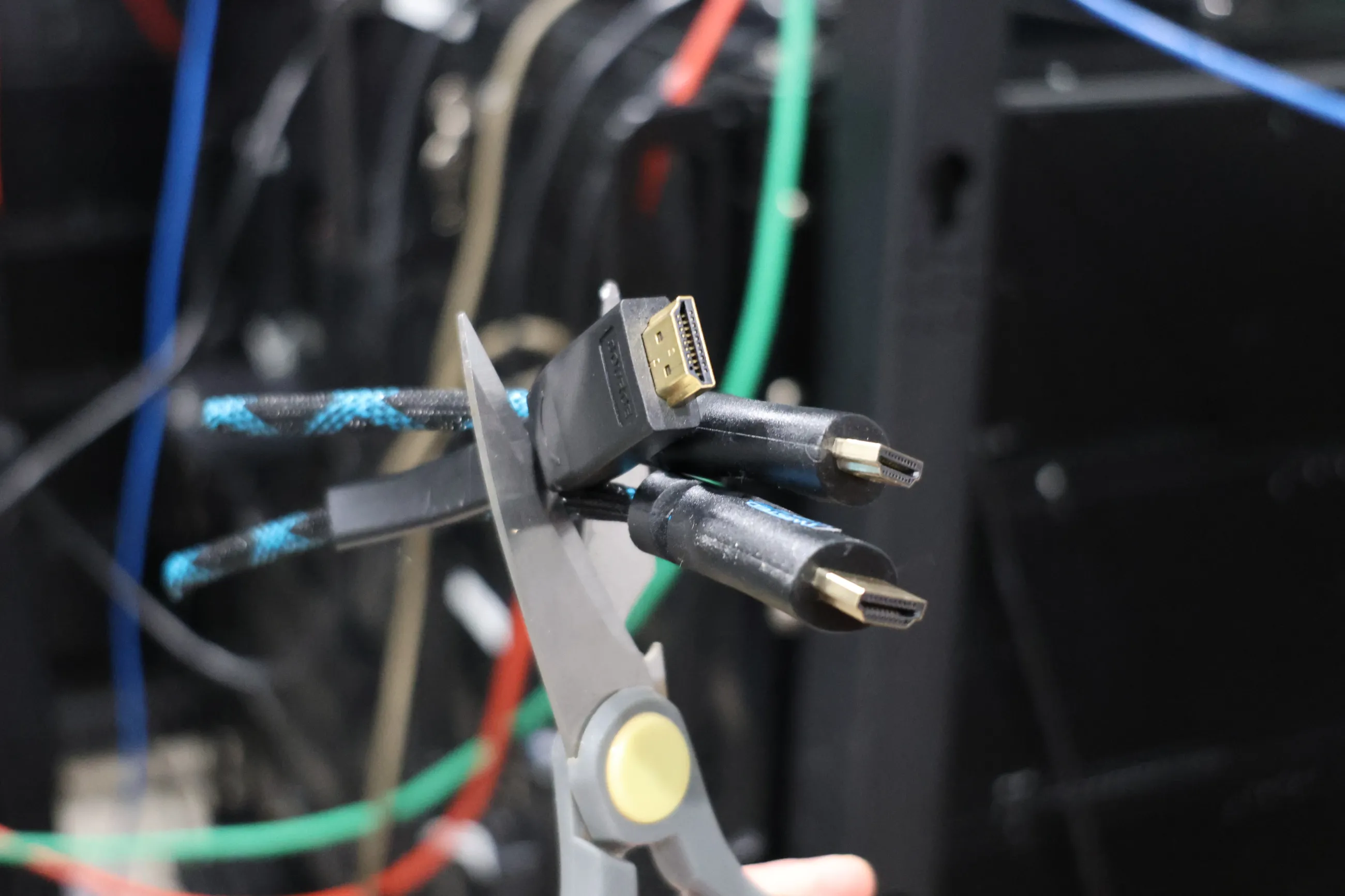For three years there has been a bug report around 4K@120Hz being unavailable via HDMI 2.1 on the AMD Linux driver.
The wait continues…

This really bothers me. Closed standards locked behind a licensing fee may as well not be standards at all, in my opinion.

Besed on the upvotes, it’s not only your opinion. 👍

Alright AMD, just remove HDMI from your graphics cards and be done with it 🤷 . Fuck the HDMI forum.

As much as I want them to give HDMI the middle finger I don’t think they have enough leverage in the GPU market to pull such a bold move off.
They could they just include a DP to HDMI adapter in the box and have no HDMI ports on the GPU maybe?

So I see people on the phoronix forums complaining that this is a bad thing because they have TVs which are HDMI only. From what I read, the HDMI 2.1+ spec is only needed to support extreme cases like 4k@120Hz and above. So my question is how many people are there who have a TV old enough to have no display ports but be of that outrageous specification.
Edit : it seems I am mistaken in thinking that new TVs have display port.

So my question is how many people are there who have a TV old enough to have no display ports but be of that outrageous specification
As far as I know no consumer TV has Display port.
I bought a TV maybe 2-3 years ago that supports 4K@120 and it doesn’t have a display port, only HDMI.
I’m using a recent 42" LG OLED TV as a large affordable PC monitor in order to support 4K@120Hz+HDR@10bit, which is great for gaming or content creation that can appreciate the screen real estate. Anything in the proper PC Monitor market similarly sized or even slightly smaller costs way more per screen area and feature parity.
Unfortunately such TVs rarely include anything other than HDMI for digital video input, regardless of the growing trend connecting gaming PCs in the living room, like with fiber optic HDMI cables. I actually went with a GPU with more than one HDMI output so I could display to both TVs in the house simultaneously.
Also, having an API as well as a remote to control my monitor is kind of nice. Enough folks are using LG TVs as monitors for this midsize range that there even open source projects to entirely mimic conventional display behaviors:
I also kind of like using the TV as simple KVMs with less cables. For example with audio, I can independently control volume and mux output to either speakers or multiple Bluetooth devices from the TV, without having fiddle around with repairing Bluetooth peripherals to each PC or gaming console. That’s particularly nice when swapping from playing games on the PC to watching movies on a Chromecast with a friend over two pairs of headphones, while still keeping the house quite for the family. That kind of KVM functionality and connectivity is still kind of a premium feature for modest priced PC monitors. Of course others find their own use cases for hacking the TV remote APIs:

TVs don’t have DisplayPort. I just bought a new TV, none of the options I looked at had display port.


